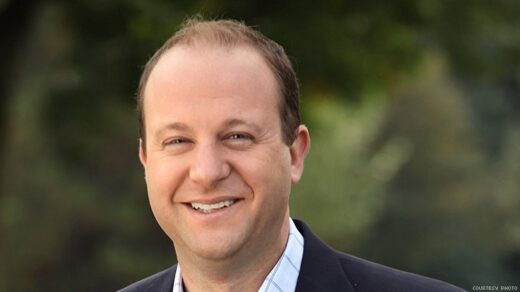History of the Rainbow Flag
Gilbert Baker, an openly gay activist born in 1951, grew up in a small Kansas town, and went on to serve in the US army for about two years in 1970. After an honorable discharge, Gilbert taught himself to sew.
In 1974, Baker met Harvey Milk, an influential gay leader, who three years later challenged Baker to come up with a symbol of pride for the gay community. The original gay pride flag flew in the San Francisco Gay Freedom Day Parade on June 25, 1978.
It has also been suggested that Baker may have been inspired by Judy Garland’s singing “Over the Rainbow” and the Stonewall riots that happened a few days after Garland’s death (she was one of the first gay icons).
Another suggestion for how the rainbow flag originated is that at college campuses during the 1960s, some people demonstrated for world peace by carrying a Flag of the Races (also called the Flag of the Human Race) with five horizontal stripes (from top to bottom they were red, white, brown, yellow, and black).
Gilbert Baker is said to have gotten the idea for the rainbow flag from this flag in borrowing it from the Hippie movement of that time largely influenced by pioneering gay activist Allen Ginsberg.
The flag originally consisted of eight stripes; Baker assigned specific meaning to each of the colors:
| Color | Meaning | |
|---|---|---|
| Sexuality | ||
| Life | ||
| Healing | ||
| Sunlight | ||
| Nature | ||
| Magic/art | ||
| Serenity/harmony | ||
| Spirit | ||
Thirty volunteers hand-dyed and stitched the first two flags for the parade.
After the November 27, 1978, assassination of openly gay San Francisco City Supervisor Harvey Milk, demand for the rainbow flag greatly increased. To meet demand, the Paramount Flag Company began selling a version of the flag using stock rainbow fabric consisting of seven stripes of red, orange, yellow, green, turquoise, blue, and violet. As Baker ramped up production of his version of the flag, he too dropped the hot pink stripe because of the unavailability of hot-pink fabric. Also, San Francisco-based Paramount Flag Co. began selling a surplus stock of Rainbow Girls flags from its retail store on the southwest corner of Polk and Post, at which Gilbert Baker was an employee.
In 1979 the flag was modified again. When hung vertically from the lamp posts of San Francisco’s Market Street, the center stripe was obscured by the post itself. Changing the flag design to one with an even number of stripes was the easiest way to rectify this, so the turquoise stripe was dropped, which resulted in a six stripe version of the flag — red, orange, yellow, green, blue, and violet.
In 1989, the rainbow flag came to nationwide attention in the United States after John Stout sued his landlords and won when they attempted to prohibit him from displaying the flag from his West Hollywood, California, apartment balcony.




